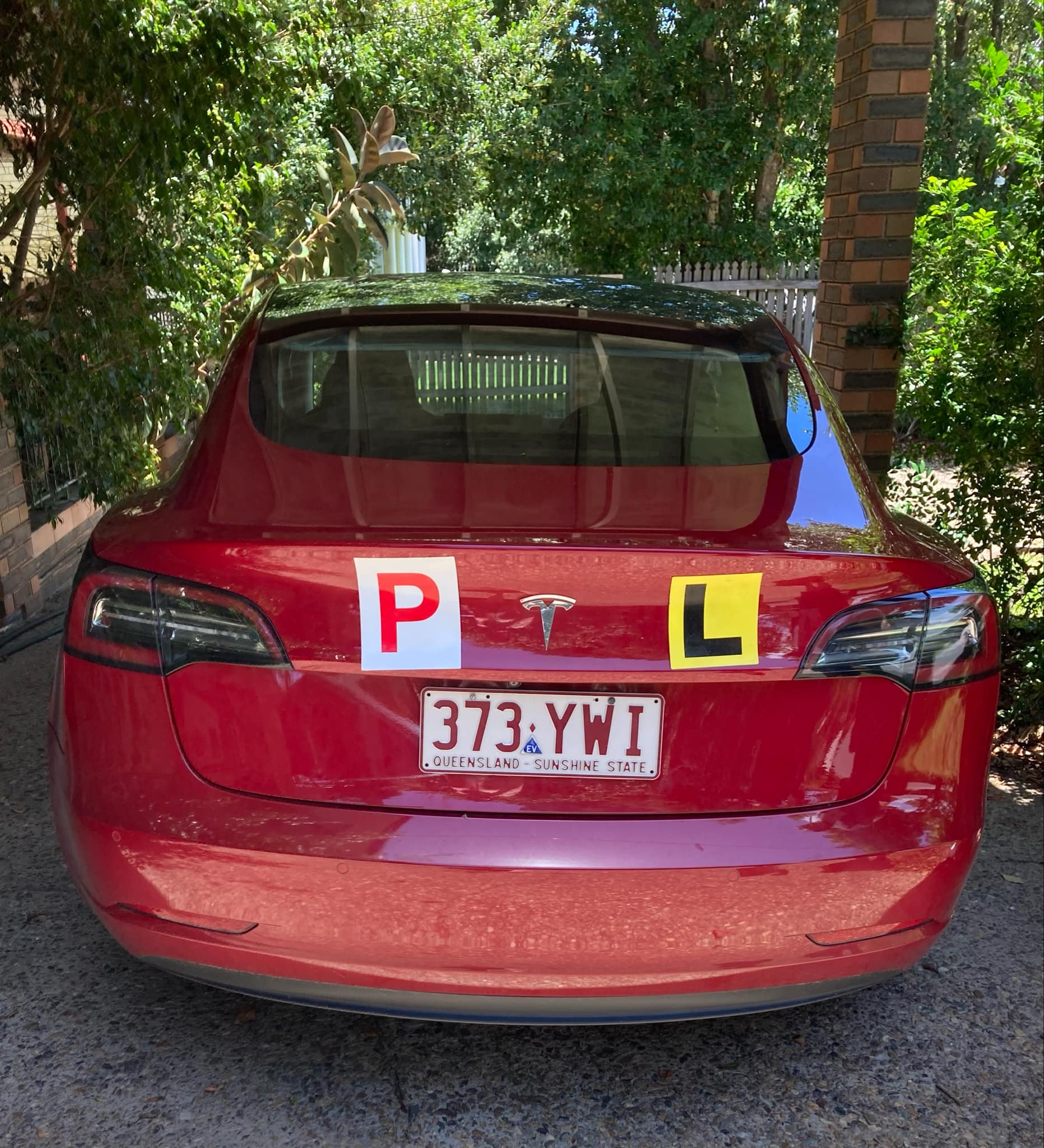Sign up for daily news updates from CleanTechnica on email. Or follow us on Google News!
If you’re a science fiction film buff, you may remember the 1973 American ecological dystopian film, Soylent Green. It featured a nightmarish tagline — Soylent Green is people. Uncanny, the film takes place in 2022. The plot revolves around an investigative murder against a backdrop of the devastation caused by the greenhouse effect — pollution, food shortages, depleted resources, poverty, and overpopulation — not much different from the issues we’re facing today.
As vulnerable as our planet is becoming, individuals, governments, and businesses are feeling the pressure to make changes using new concepts and frameworks that focus on creating products and services that are more sustainable and more circular. Why now? Blame it on COVID-19. The pandemic exposed the inefficiencies in the supply chain, making the public more aware of existing issues. COVID-19 also highlighted the dangers of what happens when you have lean supply chains, as many brands found out fast by running out of inventory and not keeping pace with customer demand.
If anything positive came of the pandemic, it was the effects on the environment and climate. Due to social movement restrictions, quarantining, and a significant slowdown of social and economic activities, air quality improved in many cities. Several parts of the world saw a reduction in water pollution. While these environmental consequences have been short-term, they have been enough to attract the attention of world leaders, industries, and governments to develop aggressive environmentally sustainable strategies to curb energy usage and reduce product waste.
The companies and businesses that have survived the pandemic have been forced to reevaluate how they do business by adjusting their processes, identifying performance gaps, and finding ways to allow for more adaptability and flexibility without increasing costs or waste.
GETTING YOUR BUSINESS FUTURE-READY
Manufacturers and businesses are currently adopting new business models, implementing waste-reduction programs, designing greener products, and applying lean manufacturing principles (value, value stream, flow, pull, perfection). Many businesses are using software solutions to optimize their processes like product lifecycle management (PLM), e-waste management, or partnering with suppliers to reduce waste by conserving resources to minimize their environmental impact.
 There are several methodologies and strategies product development teams are adopting to become greener, reduce waste production, and develop products or services that are more sustainable such as:
There are several methodologies and strategies product development teams are adopting to become greener, reduce waste production, and develop products or services that are more sustainable such as:
- Accelerating circular economy with technology. Increase the lifespan of goods and materials while converting waste into resources by making technologies like PLM, AI, and the Internet of Things (IoT) key components of circular economy.
- Establishing an environmental, social, and governance (ESG) framework to assess financial or commercial decisions, ethical implications, and viability. ESG analysis attempts to identify potential risks and opportunities for long-term value creation and sustainable growth by taking these variables into account.
- Using renewable energy sources that can create long-term sustainable energy consumption.
- Transforming transportation to electric vehicles (EVs), improved transport, and better infrastructure to handle crowded roads and highways.
- Recycling, reusing/repurposing. Retail brands are committing to use more recycled elements.
- Increasing brand responsibility with more transparency from corporate businesses is a key part of how consumers align their brand loyalty toward a brand’s ethical and responsible reputation.
- Working remotely. A practice that is still evolving can lead to less road travel, reduction in carbon emissions, and reduce energy use in office buildings.
- Standardizing sustainable materials so they are easily biodegradable and replaceable, having a minimal impact on the environment.
- Increasing the use of efficient technologies or new emerging technologies that will reduce our environmental impact both globally and on an individual level.
RETHINKING YOUR SUSTAINABLE PRODUCT DEVELOPMENT STRATEGY WITH PLM
Now that there is more urgency than ever for businesses to implement sustainable product development practices, they’re turning to technology solutions to help jump-start their initiatives. PLM is being used as a much broader strategic approach to managing all aspects of the product — from design, services, and manufacturing to those directly linked to the business strategy. PLM integrates people, processes, information, and systems to empower businesses, enable innovation, and enhance top-and bottom-line company success.
PLM not only supports the collaborative creation, management, dissemination, and use of product definition information while assisting the extended business (e.g., customers, design, operations, or supply chain partners), but also spans from concept through to the product’s end-of-life. Because PLM touches every phase of a product’s lifecycle, drives efficiencies, and enables visibility, it’s a core solution to help companies achieve more sustainable product design and development.
PLM software solutions can help ensure sustainability is addressed early during the design phase by enabling collaboration in a centralized system with all internal teams and external teams. Engineers can design more efficient products and more sustainable products by measuring and understanding the impact of their carbon footprint and sourcing compliant parts. They can make better, more informed design decisions that not only have less impact on the environment but reduce the waste associated with late-stage scrap and rework.
TRANSITIONING CUSTOMERS INTO SUSTAINABLE INNOVATORS

With a cloud-native solution like Arena that supports sustainability throughout the entire product lifecycle — from engineering to quality, supply chain to manufacturing — product businesses can lessen the environmental impact of their physical products.
To meet changing product requirements, Arena offers a structured approach to managing the complete product record. Teams and supply chain partners have access to the most recent and precise product information available by combining components, files, drawings, and the entire bill of materials (BOM) into a centralized cloud system.
ARENA HELPS MANUFACTURERS BECOME MORE SUSTAINABLE AND MORE CIRCULAR BY:
- Simplifying environmental compliance procedures to speed up the launch of green products.
- Keeping track of information needed to comply with RoHS, REACH, WEEE, conflict minerals, ISO, and other environmental regulations.
- Incorporating sustainable part sourcing with integration to component databases like SiliconExpert and Octopart.
- Making it possible for internal teams and supply chain partners to collaborate in real time to guarantee design for manufacturability.
- Reducing confusion between design and the most recent build to avoid manufacturing delays or expensive scrap and rework.
THERE ARE NO RESOLUTIONS WITHOUT SOLUTIONS
PLM is taking center stage in driving the transition to developing more sustainable products, especially as more manufacturers adopt a circular economy, establish an ESG framework, and look to technology for solutions.
According to the National Centers for Environmental Information, in 2023 Europe had its warmest January on record, while North America and Africa each had a January that ranked among the 10 warmest on record. The time to start future-proofing your product development company to meet growing sustainability goals is now.
Learn more about how Arena can reduce your product’s environmental impact.
By Joseph T. Prock
This article is sponsored by Arena, a PTC Business.
Have a tip for CleanTechnica? Want to advertise? Want to suggest a guest for our CleanTech Talk podcast? Contact us here.
Latest CleanTechnica TV Video
I don’t like paywalls. You don’t like paywalls. Who likes paywalls? Here at CleanTechnica, we implemented a limited paywall for a while, but it always felt wrong — and it was always tough to decide what we should put behind there. In theory, your most exclusive and best content goes behind a paywall. But then fewer people read it!! So, we’ve decided to completely nix paywalls here at CleanTechnica. But…
Thank you!
CleanTechnica uses affiliate links. See our policy here.





